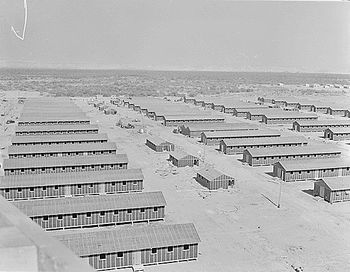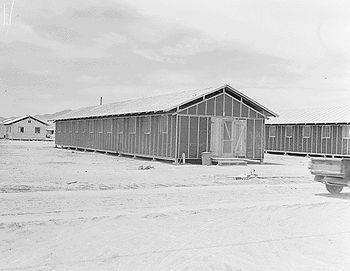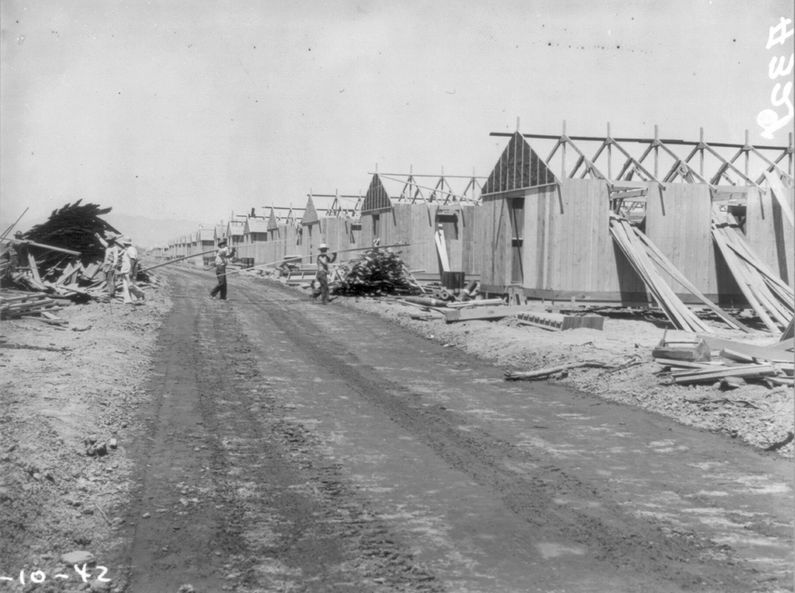Poston War Relocation Center
|
HistoryEstablished in early 1942, the Poston War Relocation Center was built by contractor Del Webb as the second largest of the 10 centers. The facility opened to the first arrivals on 8 May 1942. On 1 Jun 1942, the center officially became the Poston War Relocation Center run by the civilian War Relocation Authority (WRA). In September 1942, the population of the center peaked at 17,814 and Poston became the second (or third depending on the source) largest city in Arizona. 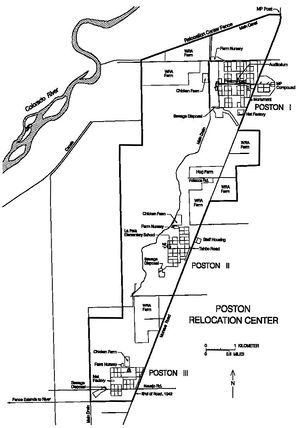 The Poston Relocation Center consisted of three separate cantonments spaced at three-mile intervals along what is known as Mohave Road (La Paz County Road 1). Known officially as Poston I, II, and III, the residents nicknamed the sites "Roasten", "Toasten", and "Dustin". Poston I was built in less than three weeks starting on 27 Mar 1942. Dell Webb was then awarded a new contract to build Poston II and III, to be completed within 120 days. The relocation centers were not considered by authorities to be either concentration camps or internment camps but the perception was otherwise. Barbed wire fencing enclosed most of the living area. Guard towers were not constructed at Poston like at other centers because of the isolated location. Security was provided by military police. Internally each of the three Poston cantonment areas was self-governing under guidelines established by the appointed Poston Administrator. All of the relocation centers were built on an emergency assembly line basis from standardized plans at a minimal cost. The buildings were all temporary military-style Theater of Operations (TO) structures of wood frame construction with tar paper covering the outer walls and roof. These buildings were designed to last two years but because of the heat, dry climate, and inadequate lumber the buildings began to deteriorate early, and modifications were required. The buildings were not insulated or properly partitioned for family groups. The standard tarpaper barracks construction was modified so that the buildings at Poston had double roofs to mitigate the heat of the sun.
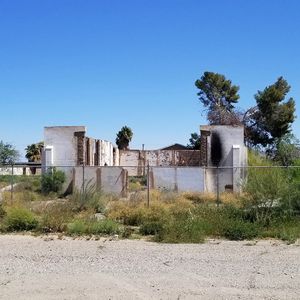 No provisions had been made for schools so residents built their own classrooms and school auditoriums in each of the three cantonments. At first, classes were held in vacant barracks or warehouses and over time separate school buildings were built by residents with adobe walls. Teachers were hired from the outside and from residents of the center. The Poston War Relocation Center closed on 28 Nov 1945 when the last residents departed.
Poston I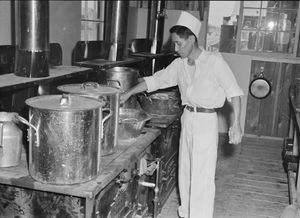 Facilities at Poston I included thirty-six residential blocks with each block having fifteen, 20' by 100' barracks structures and five service buildings. The service buildings included a 40' by 100' mess hall, a 20' by 50' laundry, two latrines, and an ironing room. Poston I included administration offices, three staff housing areas, warehouses, a hospital, and a military police compound for the entire center.
Poston II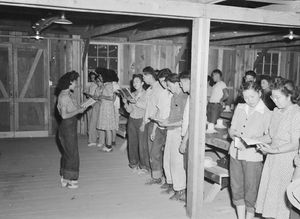 Poston II included an administration area, staff housing, a garage area, warehouses, and a camouflage net factory, as well as residential blocks. There were 18 residential blocks in Poston II. One block served as the elementary school. The high school included an office, library, and 10 classroom buildings. The administration area had ten buildings that included a cold storage building, a medical clinic, a fire station, five office buildings, a storage building, and a post office. Staff housing included a carpentry shop, two houses, eight apartments, and two sheds. The warehouse area had 20 buildings. The garage area included a gasoline station and a shed. Further south still was the camouflage net factory, with two weaving sheds and a latrine. The sewage treatment plant included a pump house, clarifier, digester, sludge beds, and sewage lagoon.
Poston IIIPoston III included an administration area, a garage area, a camouflage net factory, as well as 18 residential blocks. The administration area included a mess hall, staff quarters, a garage, three offices, a clinic, a fire station, and a firemen's dormitory. The garage area included five warehouses, a gasoline station, and a garage. The warehouse area included 15 warehouses and a privy. A high school was located between the administrative area and the residential block. It included an office, library, auditorium, and seven classroom buildings. The two westernmost residential blocks, included a camouflage net factory with a weaving shed and a latrine, a recreation area with two swimming pools and a stage, a motor pool, and a dry goods store. The sewage treatment plant included a pump house, clarifier, digester, and sludge beds. Current Status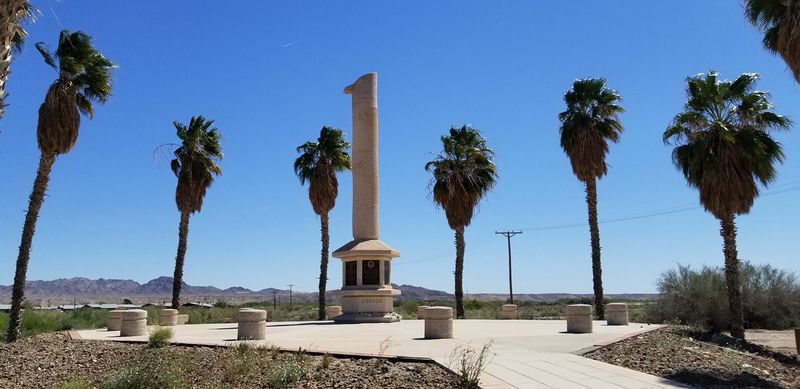 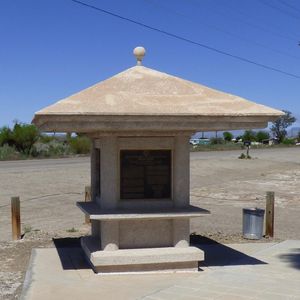 Some structures and a memorial area remain but the vast majority of the original structures were removed when the center closed. Those that still remain are seriously deteriorated or in ruins. The Poston Memorial Monument was built in 1992, on tribal land at the Poston I location.
See Also:
Sources:
Links:
Fortification ID:
Visited: 31 Mar 2019
| |||||||
